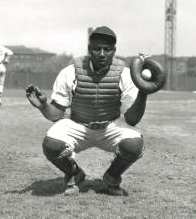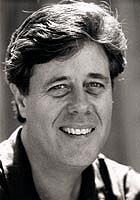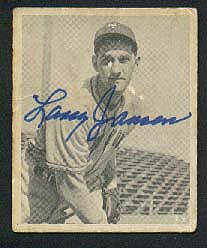The Negro League baseball photographs of Charles “Teenie” Harris — A Photo Exhibit
In 2004, I had the privilege of interviewing Neil Lanctot, whose history of baseball’s Negro Leagues entitled Negro League Baseball: The Rise and Ruin of a Black Institution had just been published.
While preparing for the interview, the work of the noted Pittsburgh Courier photographer Charles “Teenie” Harris came to my attention. Among his many contributions to America’s archives are his photographs of the Negro Leagues, taken during the League’s pre-war and wartime era, mostly in Pittsburgh’s Forbes Field, where the Pittsburgh Crawfords played many of their games.
With baseball’s All Star Game scheduled for Tuesday evening in Minneapolis, it feels like a good time to revisit some baseball (and American) history, and there is no better way than to view some of Harris’ amazing work.
With grateful appreciation to Pittsburgh’s Carnegie Museum of Art — who granted us permission to use these historic images — we present a photo gallery of rarely seen Harris photos,
...July 13th, 2014







































